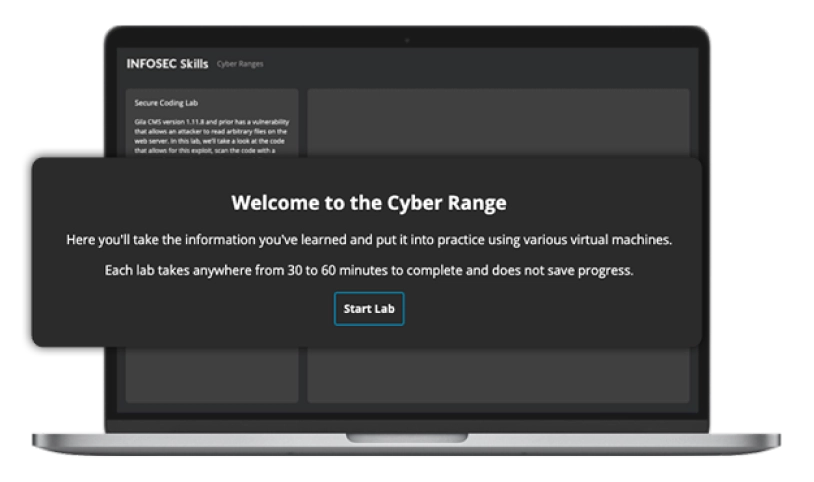
ISC2 System Security Certified Practitioner (SSCP) Learning Path
9 hours, 58 minutes
Quick facts
About this learning path
-
courses
100% online
-
Duration
9 hours, 58 minutes
-
Assessment
questions
About ISC2 System Security Certified Practitioner (SSCP)
The System Security Certified Practitioner (SSCP) certification path will provide students with an overview of foundational information security concepts. The course will cover the seven domains that encompass the SSCP, with topics ranging from securing information systems and data to overall security operations. This training would benefit those looking to get started in the information security field, or those who want to reinforce and prove their information security knowledge.
Syllabus
SSCP Practice Exam
Assessment - 121 questions
Security Operations and Administration
Course - 01:37:00
Access Controls
Course - 00:52:00
Risk Identification, Monitoring and Analysis
Course - 01:03:00
Incident Response and Recovery
Course - 00:50:00
Overview of Cryptography
Course - 00:55:00
Network and Communications Security
Course - 01:59:00
System and Application Security
Course - 01:41:00
The details
Learning path insights
How to claim CPEs
Should you complete this learning path, you’ll be able to download a certificate of completion. Use this to claim your CPEs or CPUs.
Associated NICE Work Roles
All Infosec training maps directly to the NICE Workforce Framework for Cybersecurity to guide you from beginner to expert across 52 Work Roles.
- All-Source Analyst
- Mission Assessment Specialist
- Exploitation Analyst
No software. No set up. Unlimited access.
Skip the server racks and spin up a realistic environment with one click. Infosec Skills cyber ranges require no additional software, hardware or server space so your team can spend less time configuring environments and more time learning. Unlimited cyber range access is included in every Infosec Skills subscription so your team can skill up however they learn best.

Unlock 7 days of free training
- 1,400+ hands-on courses and labs
- Certification practice exams
- Skill assessments
Plans & pricing
Infosec Skills Personal
$299 / year
- 190+ role-guided learning paths (e.g., Ethical Hacking, Threat Hunting)
- 100s of hands-on labs in cloud-hosted cyber ranges
- Custom certification practice exams (e.g., CISSP, Security+)
- Skill assessments
- Infosec peer community support
Infosec Skills Teams
$799 per license / year
- Team administration and reporting
- Dedicated client success manager
-
Single sign-on (SSO)
Easily authenticate and manage your learners by connecting to any identity provider that supports the SAML 2.0 standard.
-
Integrations via API
Retrieve training performance and engagement metrics and integrate learner data into your existing LMS or HRS.
- 190+ role-guided learning paths and assessments (e.g., Incident Response)
- 100s of hands-on labs in cloud-hosted cyber ranges
- Create and assign custom learning paths
- Custom certification practice exams (e.g., CISSP, CISA)
- Optional upgrade: Guarantee team certification with live boot camps

